“The idea was proposed by Iran’s representative at the UN Office at Vienna and was realized with the cooperation of Iran’s Cultural Heritage, Tourism and Handicrafts Organization (CHTHO). The process of making the statues began two years ago,” Soltanieh told the Persian service of IRNA.
“The statues were completed last week and were transferred to the open space of the UN office. The date for the unveiling was also discussed with (members of) several organizations, including the United Nations Industrial Development Organization (UNIDO) and the Organization of the Petroleum Exporting Countries (OPEC), and finally the day June 9 was selected.”
The four statues are the symbols of Iranians’ adventurous spirit over the centuries and they are gifts from the Iranian nation to the world, Soltanieh added.
Abu Ali al-Husayn ibn Sina, known as Abu Ali Sina and commonly known in English by his Latinized name Avicenna was born c. 980 near Bukhara, in contemporary Uzbekistan, and died in 1037 in Hamedan, Iran. He was a Persian polymath and the foremost physician and philosopher of his time. He was also an astronomer, chemist, geologist, logician, paleontologist, mathematician, physicist, poet, psychologist, scientist, soldier, statesman, and teacher.
The Muslim physician and writer Abu Bakr Muhammed ibn Zakariya Razi (854?-925?), also known as Rhazes, whose medical writings greatly influenced the Islamic world and Western Europe in the Middle Ages, was born and died in Rey. He wrote on almost every aspect of medicine.
Omar Khayyam (1048-1123) is chiefly known to English-speaking readers through the translation of a collection of his quatrains in “The Rubaiyat of Omar Khayyam” (1859), by the English writer Edward Fitzgerald.
Abu Rayhan Biruni (973-ca. 1048) was a Muslim astronomer, mathematician, geographer, and historian.
RM/HG
END
MNA



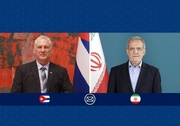


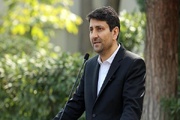
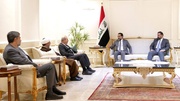

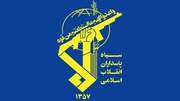












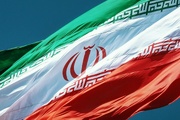
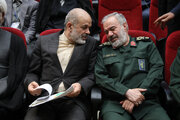


Your Comment